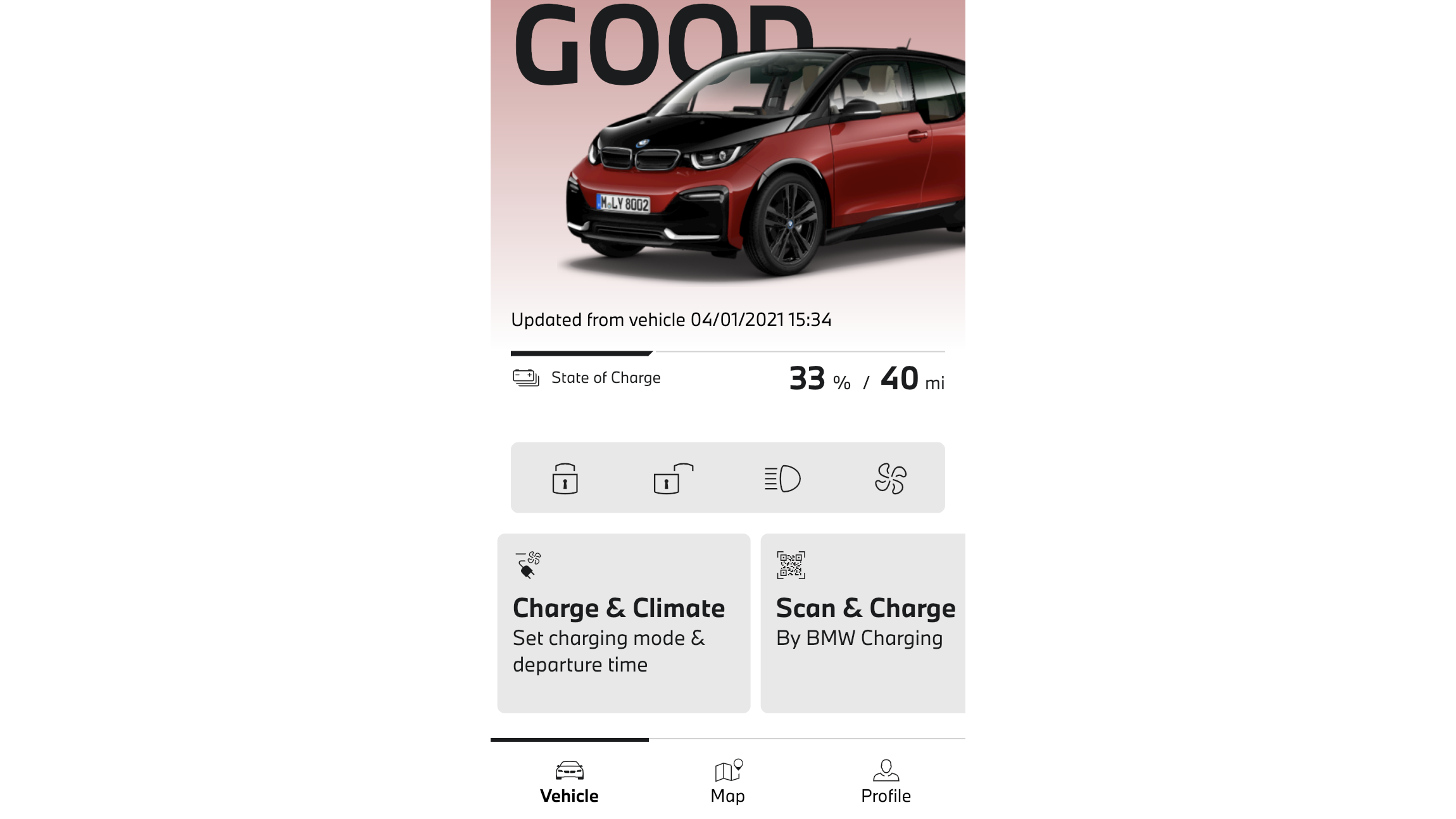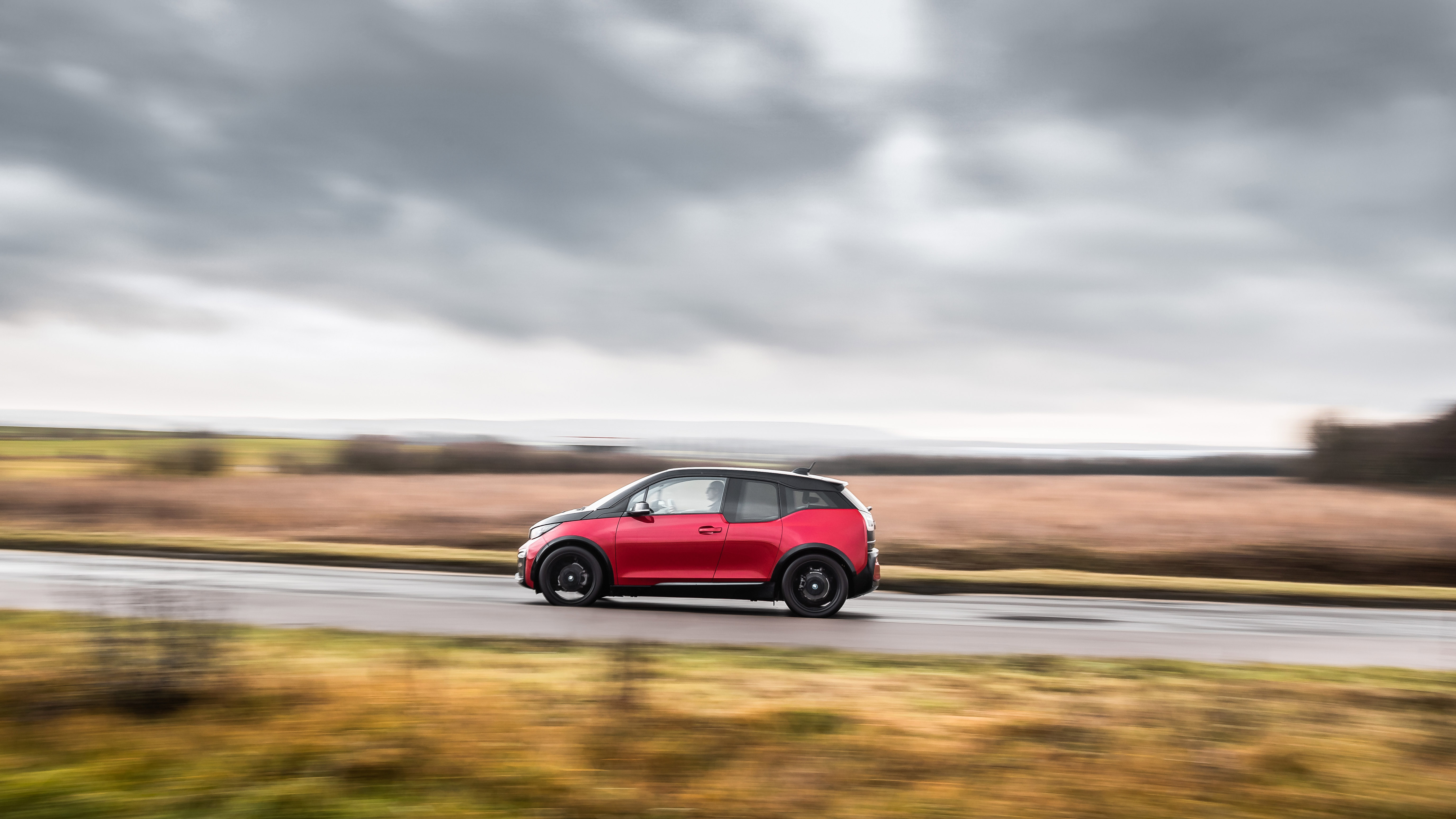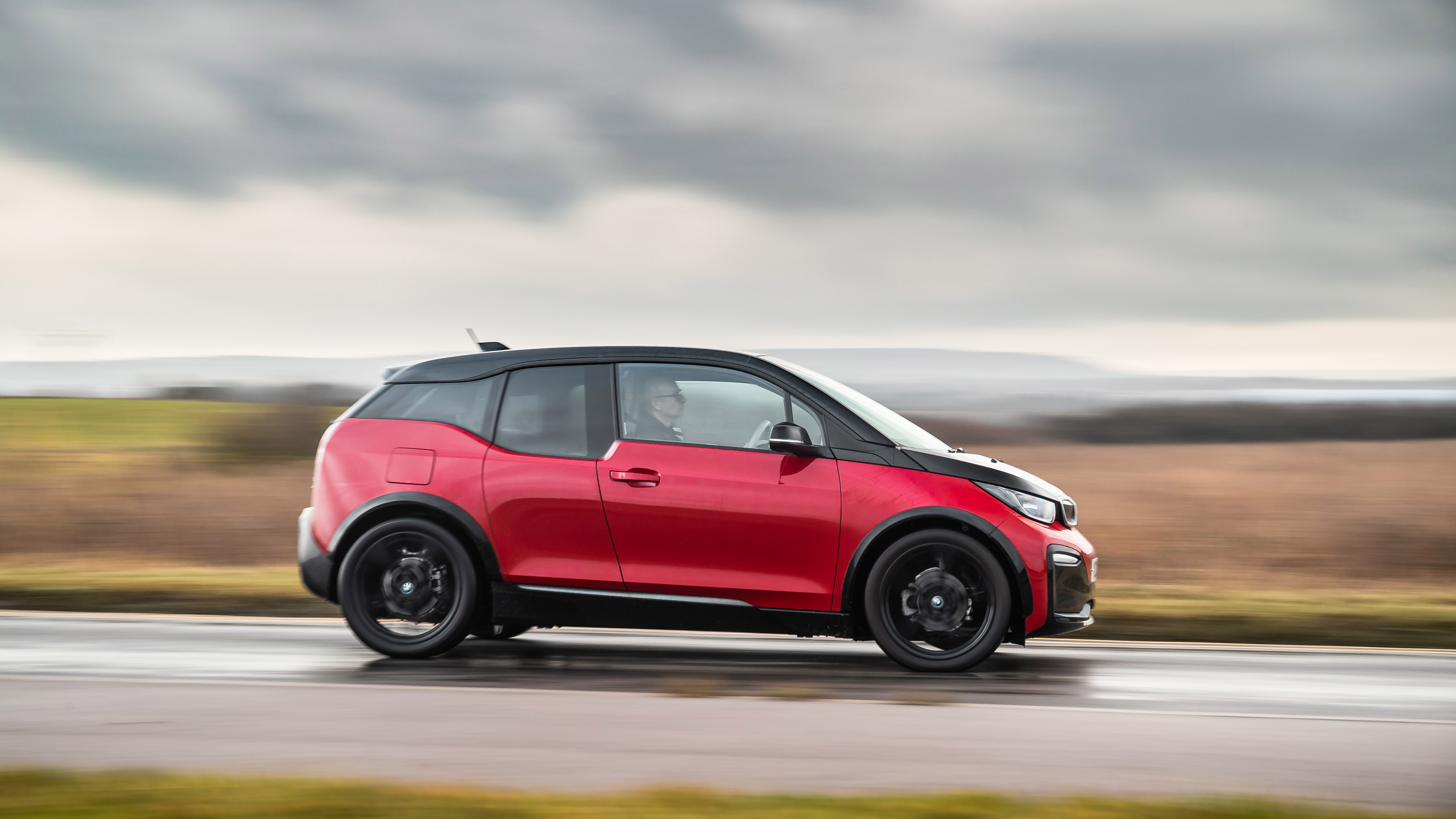
SPEC HIGHLIGHTS
- SPEC
BMW i3s
- Range
175.2 miles
- ENGINE
1cc
- BHP
184bhp
- 0-62
6.9s
Is a smartphone the secret to an easy winter in the BMW i3?
It's well-known that electric cars lose range in cold weather. The effect can be grievous. But needn't be. By using the BMW attentively I've been able to avoid the worst of it.
Ever pulled your phone out from an inside pocket and watched the battery percentage wilt in a matter of minutes? So you won't be surprised that pack temperature is critical in an electric car.
Broadly, too cold means the internal resistance rises so it doesn't perform, but that's no harm and it comes back when the temperature rises. Conversely, getting it too hot can permanently damage the battery. It's comfiest at the same sort of temperature we are: about 20 deg C.
So cars have a battery cooling/heating system. In the i3, as with most, it's by liquid circulating between the cells. This battery weighs about 300kg. Imagine the energy needed to get it from a freezing overnight back up to its best temperature. And it's getting that energy from within itself as you drive.
For the first 20 miles from a cold start out through London, I seem to get little better than 2.0m/kWh. So that trip uses 10kWh, or a quarter of the total energy. Grrr. But there's a solution. See below.
First though, let's look at the other big drain of energy, cabin heating. Usefully, the i3's screen can show how much the 'auxiliary consumers' are using power and sucking range. That display normally hides normally deep within iDrive but I've programmed it onto shortcut button 7. Start from a near-freezing cabin, crank up the heating and it says this will cost 15 miles or more of range, or about 10 per cent of all the energy in the battery. And this in an i3 that has the optional £530 air-source heat pump, a more efficient sort of system than a normal electric resistive setup.
So I turn the heating off, or just down to a dribble of air to demist the screen, and instead crank up the seat heaters. These use a tiny amount of power in comparison.
There is an even better answer though. Preconditioning. Any day I've a long journey, I make sure the car's plugged in until I depart. I tell it when I'm expecting to leave, either by programming from in the car beforehand, or far more conveniently using the remote phone app. Even if the battery's fully charged, about half an hour before that time it starts drawing current from the socket again, to heat the battery and the cabin.
So I climb into a toasty car, and set off. Then the same 20 miles that gave 2.0m/kWh without preconditioning give about 4.0m/kWh with it. In other words I've saved 5kWh, which is almost 20 miles of range. And as I say, there's even more to be saved if once under way I use the heated seats not the heating.
You can actually warm the cabin (but not the battery) by the remote app even if the car isn't plugged in. If I'm just doing short trips and don't care about range, it is really nice to jump in to a car that's already warmed and demisted.
Featured

Trending this week
- Car Review
Ferrari Amalfi
- Long Term Review
Is the Suzuki Swift still the best small car money can buy?






